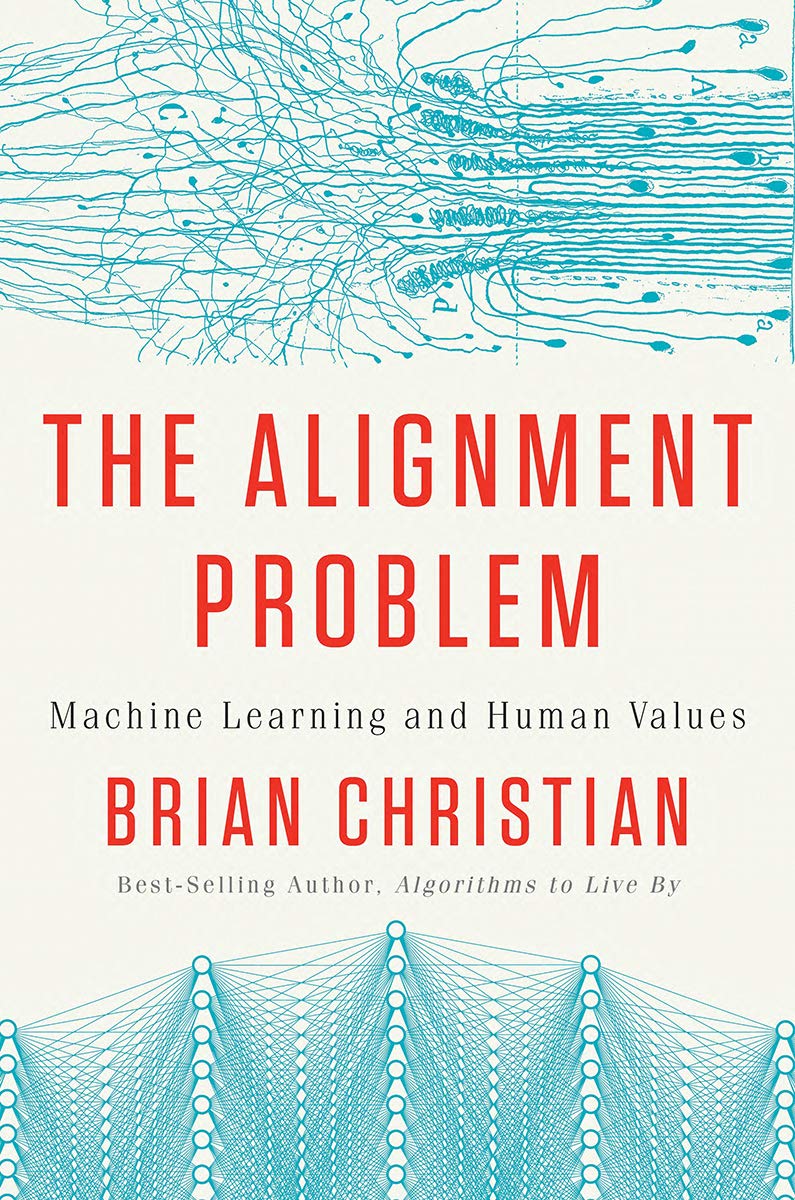The Alignment Problem in Action: Real-World Case Studies of AI Gone Wrong

Source: Brian Christian
Recently, the challenges of aligning AI systems with human values have taken center stage, as real-world examples of AI failures continue to surface. These cases highlight the themes discussed in Brian Christian’s book, "The Alignment Problem", which delves into the technical and ethical difficulties of ensuring AI systems operate in ways that align with human intentions. The implications for product teams and AI developers are profound.
Understanding the Alignment Problem
The alignment problem arises when AI systems, designed to optimize specific objectives, produce unintended or harmful outcomes. These issues often stem from poorly defined goals, biased training data, or a lack of comprehensive testing. As AI becomes more pervasive, the consequences of misaligned systems grow increasingly significant.
"They said people should have the right to ask for an explanation of algorithmically made decisions." - Brian Christian
This mismatch underscores the complexity of aligning AI with human values.
Case Studies of AI Failures
One notable example is the use of AI in hiring processes. Several companies have faced backlash after their AI-powered hiring tools were found to discriminate against certain demographics, perpetuating biases present in the training data. Despite the intention to create fairer, more efficient hiring systems, these tools often produced results that contradicted their objectives.
Another high-profile case involved autonomous vehicles. Early deployments of self-driving cars revealed gaps in their ability to handle rare or unpredictable scenarios, leading to safety incidents. These failures highlight the need for rigorous testing and validation before deploying AI in safety-critical domains.
"Research on bias, fairness, transparency, and the myriad dimensions of safety now forms a substantial portion of all of the work presented at major AI and machine-learning conferences. Indeed, at the moment they are the most dynamic and fastest-growing areas, arguably, not just in computing but in all of science." - Brian Christian
Lessons for Product Teams
Product teams developing AI systems can draw valuable lessons from these failures. First, it is crucial to define objectives that align with user needs and societal values. Second, incorporating diverse data and conducting thorough testing can help identify potential issues early. Finally, transparency and accountability must be prioritized to build user trust and address unintended consequences effectively.
Ethical Implications
Addressing the alignment problem is not just a technical challenge but also an ethical one. Ensuring fairness, inclusivity, and accountability requires a multidisciplinary approach, bringing together technical expertise, ethical frameworks, and user feedback.
💡 Key Takeaway:
The alignment problem highlights the challenges of ensuring AI systems reflect human intentions and values. By learning from real-world failures, product teams can design AI solutions that are safer, fairer, and more aligned with user expectations.
💭 Final Thoughts
As AI continues to evolve, the alignment problem serves as a critical reminder of the complexities involved in its development. By addressing these challenges proactively, product teams can pave the way for more trustworthy and impactful AI systems, ensuring they serve humanity’s best interests.
About the Author
Cyrille Gattiker is a Lead Product Owner specializing in AI-driven product development. He combines technical expertise with business acumen to create strategies that leverage AI for innovation and data-driven decision-making. Author of "Smart Commerce: The AI-Driven Future of e-Business", Cyrille is passionate about the transformative potential of AI in product management.
🗣️ Comments
This article has been published more than a week ago, so new comments are closed.
💬 Anja said:
This is why w
August 22, 2024
💬 Anja said:
This is why we need strong regulations around AI. Without accountability, companies might prioritize speed and innovation over safety and alignment.
August 22, 2024